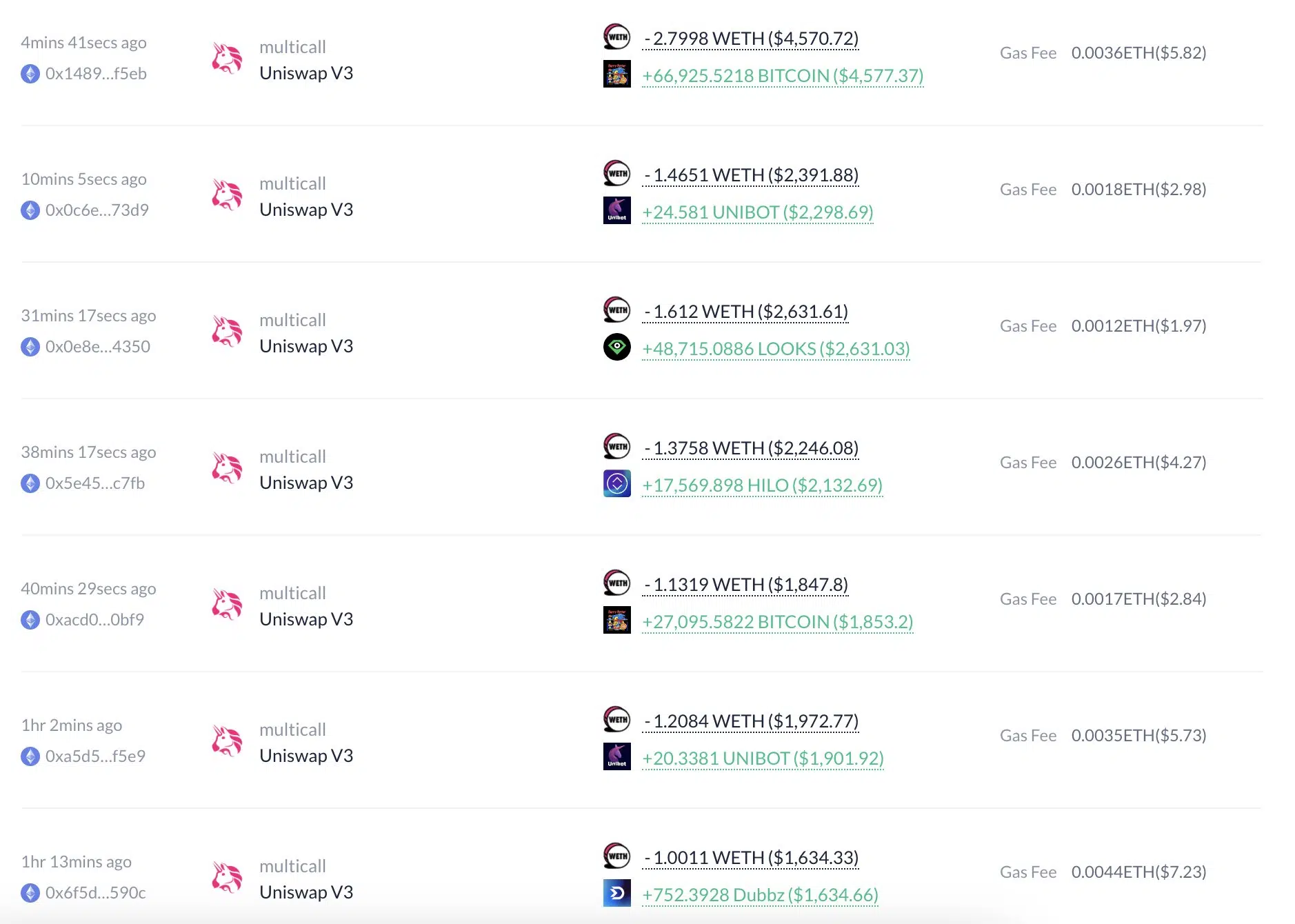In today’s digital age, cyberattacks have become increasingly sophisticated with the increasingly complex nature of IT systems. As a result, organizations and individuals are turning to advanced technological solutions to detect and prevent these attacks in real-time. One such solution is the use of artificial intelligence (AI), which has the potential to revolutionize how security professionals tackle the growing threat of cybercrimes.
On Tuesday, Microsoft announced the launch of Security Copilot, a cybersecurity tool that uses generative AI to analyze vast amounts of data and detect cyber threats. Generative AI is a type of artificial intelligence that uses large datasets and language models to generate patterns and content like images, text, and video, with the best-known example being ChatGPT. Security Copilot is the first specialized tool within Microsoft’s Copilot suite, an AI engine built to power a suite of Office apps launched earlier this month.
Unlike traditional cybersecurity tools, Security Copilot allows IT and security administrators to rapidly analyze large datasets and spot signs of a cyber threat. It uses a closed-loop learning system, which means it continually learns from user interactions and allows them to give feedback with a built-in feedback feature. Security Copilot’s cyber-trained model adds a learning system to create and tune new skills to help catch what other approaches might miss and augment an analyst’s work. In a typical incident, this boost translates into gains in the quality of detection, speed of response and ability to strengthen security posture.
However, some cybersecurity experts remain skeptical about the capabilities of generative AI to replace human beings when it comes to detecting cybersecurity vulnerabilities. According to Steve Walbroehl, co-founder and CTO at blockchain security firm Halborn, AI is not yet advanced enough to detect flaws in business logic or smart contracts. This is because AI is based on training data, which it uses to learn and adapt. Obtaining sufficient training data can be difficult, and AI may not be able to fully replace the human mind in identifying security vulnerabilities.
Despite concerns that AI may not be able to entirely replace human security experts, Security Copilot represents a significant leap forward in the fight against cybercrime. In a world where there are 1,287 password attacks per second, fragmented tools and infrastructure have not been enough to stop attackers, and although attacks have increased 67% over the past five years, the security industry has not been able to hire enough cyberrisk professionals to keep pace. This has left companies vulnerable to cyber threats, resulting in significant financial losses and reputational damage.
Microsoft’s Security Copilot aims to bridge this gap by enabling security professionals to conduct rapid threat detection and analysis, leveraging advanced generative AI technology to augment human decision-making. With this technology, security teams can detect and respond to threats more quickly, making it possible to prevent or mitigate the damage caused by cyberattacks.
As Copilot learns from user interactions, Microsoft will adjust its responses to create more coherent, relevant, and valuable answers. The company acknowledges that Security Copilot may not get everything right and that AI-generated content can contain mistakes. Still, it is a closed-loop learning system that can continually improve its performance over time.
In conclusion, the launch of Security Copilot represents a significant step forward by Microsoft in the fight against cybercrime. While it is still too early to measure its effectiveness fully, especially in detecting flaws in business logic or smart contracts, the security industry needs more innovative solutions like Copilot to tackle the growing threat of cybercrime. Overall, Security Copilot’s generative AI technology has the potential to revolutionize how organizations detect and prevent cyberattacks, increasing the speed and accuracy of threat detection and response, and ultimately protecting organizations and individuals from the potentially devastating consequences of cybercrime.


